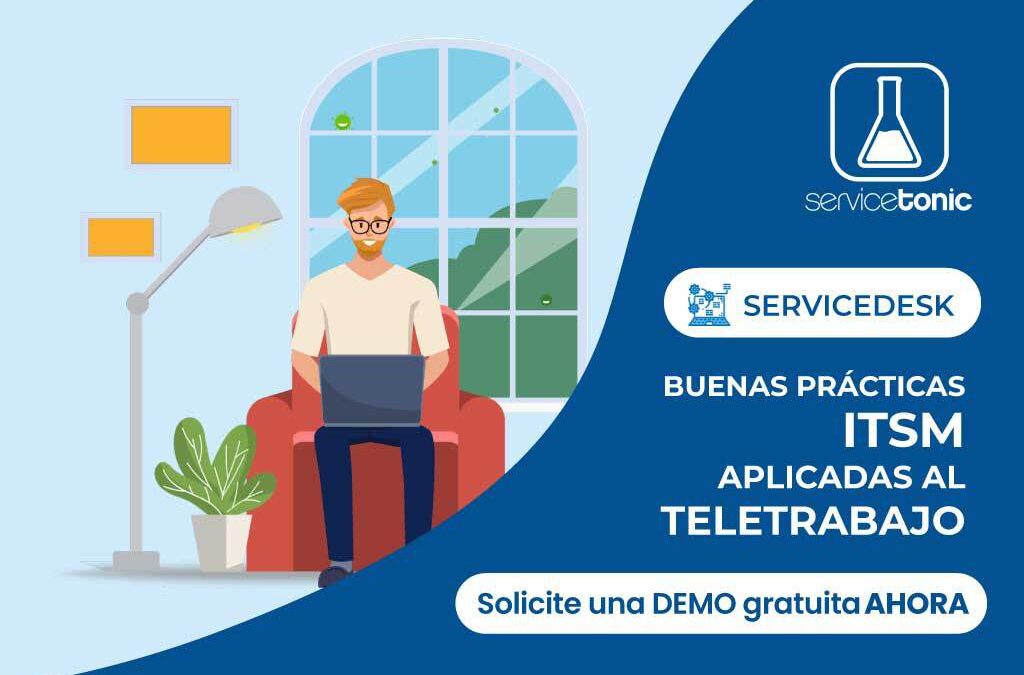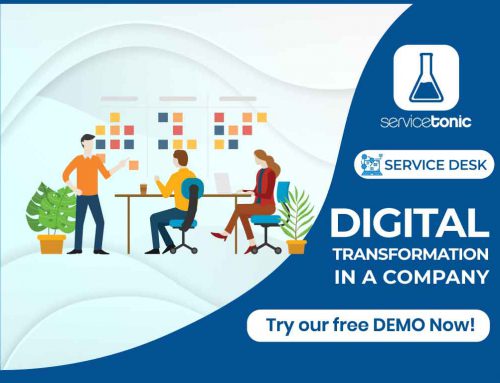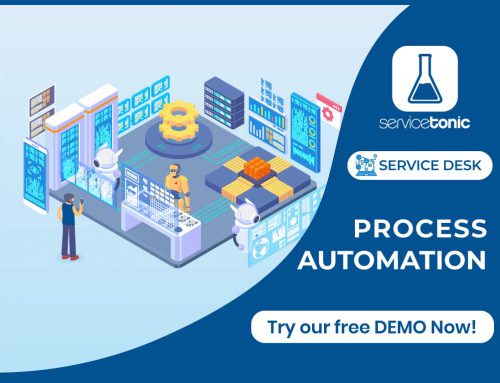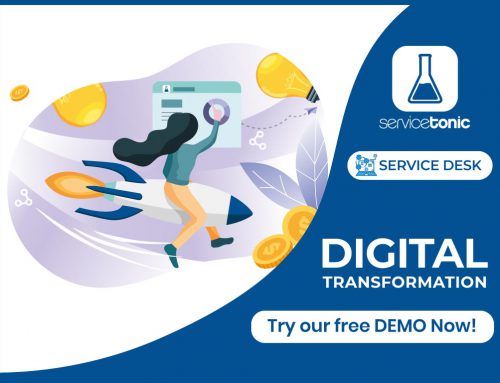ITSM best practices allow those companies that rely on teleworking to continue working correctly and efficiently.
The new reality born from the covid 19 pandemic has brought about changes in both our personal and professional lives. In the same way new habits have been established such as the use of masks or more frequent hand washing, the habit of teleworking has also been strongly established, which is why keeping in mind ITSM best practices can help avoid any mistakes.
Teleworking is here to stay.
During this time, we at the ServiceTonic blog, have been giving tips on how to telework productively and how our help desk software can make our customers’ work easier.
In this article, complementing to the others previously mentioned, we present a webinar explaining ITSM best practices applied to teleworking.
Table of Contents
The ServiceTonic case and ITSM best practices in teleworking
First of all, let’s explain how ServiceTonic has been able to continue working without impacting our customers or our KPIs. The main reason is that we have followed ITSMs good practices.
Before the lockdowns, we worked with a mixed model of face to face work along with teleworking, as there was a number of workers who successfully carried out their work from their homes.
When the confinement began, the rest of the employees who were in the offices were able to start working at their homes within a period of 48 hours, without any client having their requests or incidents affected, or any project being disrupted.
Why were we able to implement teleworking so successfully and in such short notice?
There were 3 key factors:
- ServiceTonic’s tool has enabled work from home, both at the customer service level and the application’s development.
- Minimal adaptation. Only had to redirect telephones and change face-to-face meetings to videoconferences.
- Application of ITSM best practices
ITSM best practices applied to teleworking
There are 7 ITSM best practices that should be applied to telework.
1. SPOC and Service Desk
ServiceTonic allows multiple contact channels between agent and user, such as phone, email or chat, and a centralized record of all interactions.
Learn more about SPOC and Service Desk in our article: The Service Desk Function (SPOC).
2. Knowledge Management and Self-Service
Through the user portal, customers can quickly access the FAQ’s and documentation they consider most relevant.
For those companies that offer products or services, customers are also offered access to a service catalog, which will allow them to freely browse the catalog from the user portal itself, and from mobile devices or PCs.
3. Proactive problem management
The identification, analysis and resolution of potential problems allows the number of incidents to be reduced to a minimum, which is an advantage of teleworking.
4. Asset and Configuration Management (CMDB)
The inventory of the managed technological infrastructure (CMDB) can be accessed from home, so that it can be monitored and informed decisions can be made. For example, it is possible to detect a possible incident before it occurs and thus prevent, for example, an agent from being unable to work.
5. Process automation
The automation of processes allows for more efficient work, for example, you can automate the allocation of tickets according to the workload of each agent.
Learn more in our article: Macros in a help desk software.
6. Information analysis
Thanks to dashboards, reporting capabilities and KPI tracking, you can keep track of all your operations from anywhere, from the office or at home.
Learn about the latest news of our dashboard in the article: What’s new in the Control Panel?
7. Time control
With ServiceTonic’s software you can comply with the legislation of recording the working day of workers, very important for those workers who develop their working day from home.
Guiding Principles (ITIL 4 ®) oriented to teleworking
The 7 basic principles offered by ITIL 4 ® that should be applied to telework are the following:
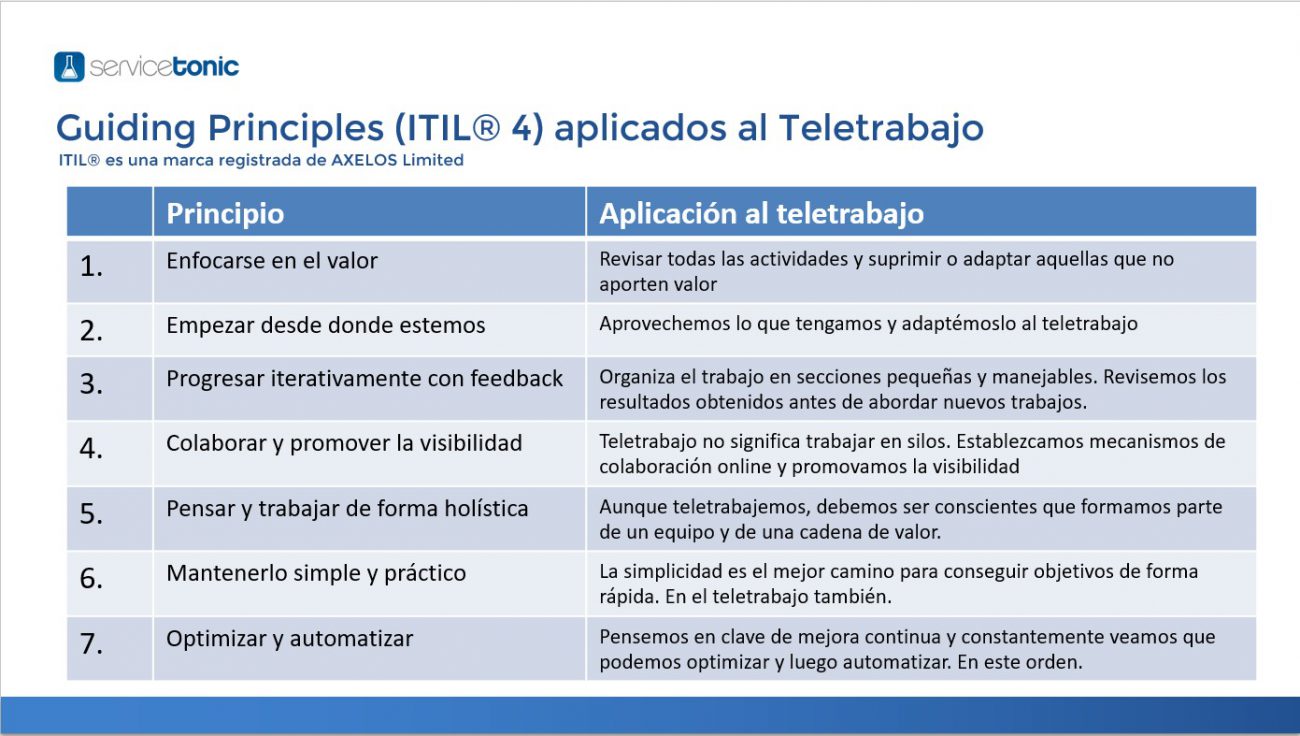
Conclusions
After this experience we can draw the following conclusions:
- We will end up defeating COVID-19
- It will be possible to return to the workplace, it will be possible to return to face-to-face work.
- Telework is here to stay, it will be possible to alternate working from home with working from the office.
- Companies have to be prepared for possible future confinements, this way they will be more competitive.

